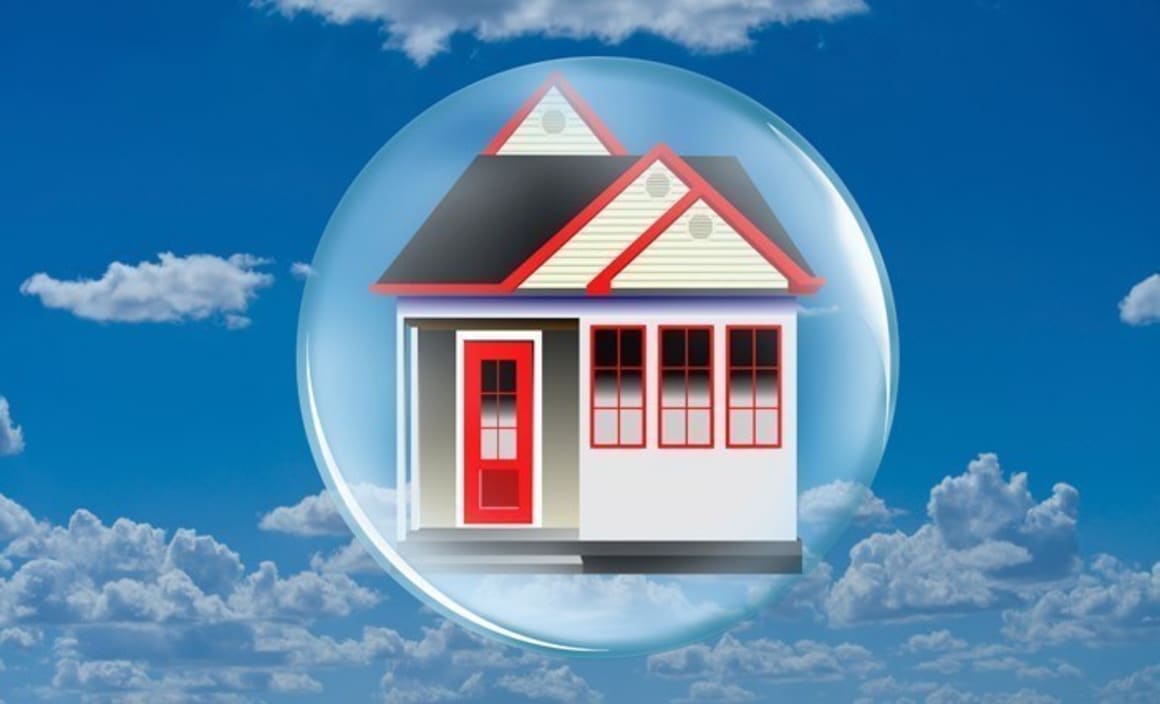Sydney bubble risk increases as house prices expected to boom by 10%: HSBC

While some commentators have been discussing a slowdown in the significant rate of property price growth in some Australian cities, HSBC Global Research has suggested that this is not the case.
In fact, they’re expecting double digit growth to be realised by year end with the risk of a bubble increasing in cities such as Sydney.
“We expect housing prices to rise by around 10% this year, supported by low mortgage rates,” their research summary explains.
However, they went on to say that they remain of the view that Australia does not have a housing bubble “but the risk that a bubble forms is rising, particularly in the Sydney market”.
“Signs of exuberance are most acute in Sydney, where housing prices are already rising at twice the pace of elsewhere and the investor share of market has reached record new highs in recent months,” their research explains.
Prudent action on behalf of the Reserve Bank was also said to be becoming more critical with the risk of leaving interest rates too low for too long having the potential to drive excessive risk taking in the housing market.
With this in mind, they also suggested that further rate cuts would not be materialising – with hikes to contain growth the more likely scenario.
They noted that in May, there were indeed signs that activity in the housing market is slowing down. However, subsequent activity in June and July have proven this to be a temporary lull with auction clearance rates and prices bouncing back over this month and seasonality perhaps being part of the reason for the slowing.
Despite their overall view that it’s not crisis mode yet, and no bubble has yet been inflated, they did call Sydney’s market “worrisome”.
“The current pace of housing price growth in Sydney seems likely to be unsustainable. Over the past year, Sydney’s housing rices have risen by 15 year on year, while the weighted average of the other capital cities has increased byonly 7% year on year,” they noted.
The pick up in Sydney was attributed to some fundamental factors, including slower supply response and restrictions on land release, but also noted that there are more worrying signs as well.
“In this regard, Sydney’s housing market is starting to show signs that the merely the expectation of rising housing prices may be starting to drive housing price gains, which is worrisome,” they explained.
“One such sign is the investor share of new housing loan approvals, which has reached a new record high in recent months, exceeding the levels reached during Sydney’s 2002-03 housing boom.”
They also pointed to the proliferation of property buying seminars, particularly those aimed at SMSF property purchasing, as a worrying sign.
In 2002/2003, the boom saw Sydney race past Australia’s national growth averages, and after this a significant increase in mortgage defaults was seen.
“It is fair to say that if any part of the national market had the characteristics of a bubble in 2002-03, it was the Sydney market,” they noted.
However, they said there are clear differences this time round. For instance, in 2002/2003, exuberance had spread from housing to the broader economy, housing credit growth was running at over 20% annually and equity withdrawal was a significant driver of household consumption.
At present, signs this exuberance is spreading beyond the housing market are limited.
YOU MIGHT ALSO WANT TO READ
How can investors cope with a property bubble? Q&A with Philip Soos
Pessimism threatening further price growth: July state of the market analysis